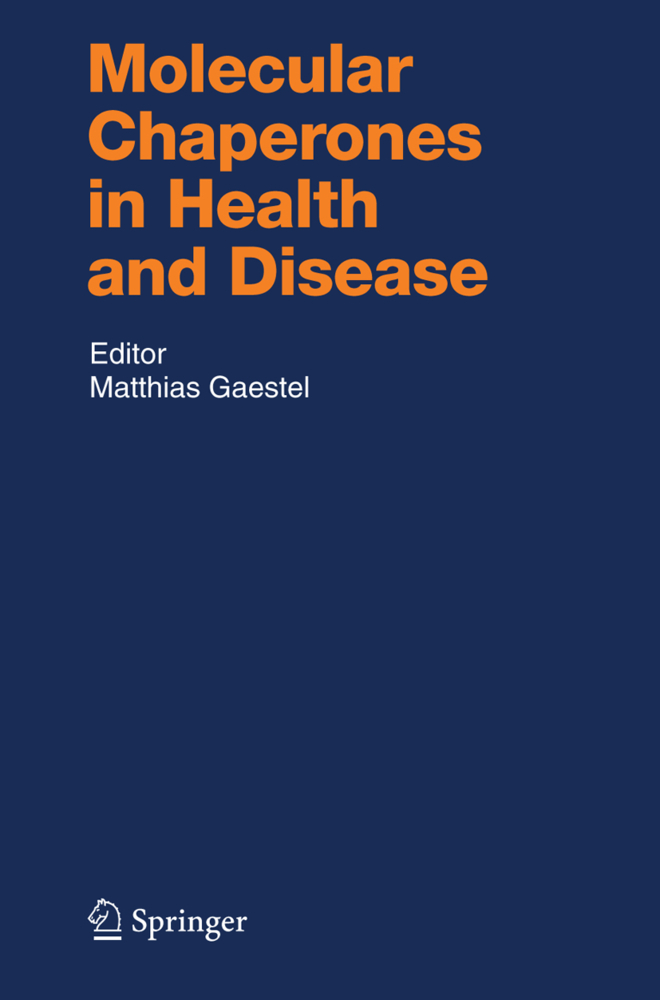Molecular Chaperones in Health and Disease
Molecular Chaperones in Health and Disease
Molecular chaperones are involved in a wide variety of essential cellular processes in living cells. A subset of molecular chaperones have been initially described as heat shock proteins protecting cells from stress damage by keeping cellular proteins in a folding competent state and preventing them from irreversible aggregation. Later it became obvious that molecular chaperones are also expressed constitutively in the cell and are involved in complex processes such as protein synthesis, intracellular protein transport, post-translational modification and secretion of proteins as well as receptor signalling. Hence, it is not surprising that molecular chaperones are implicated in the pathogenesis of many relevant diseases and could be regarded as potential pharmacological targets. Starting with the analysis of the mode of action of chaperones at the molecular, cellular and organismic level, this book will then describe specific aspects where modulation of chaperone action could be of pharmacological and therapeutic interest.
Chaperones in Preventing Protein Denaturation in Living Cells and Protecting Against Cellular Stress
Feedback Regulation of the Heat Shock ResponseProtein Folding in the Endoplasmic Reticulum and the Unfolded Protein Response
Molecular Chaperones in Signal Transduction
Chaperoning of Glucocorticoid Receptors
Heat Shock Response: Lessons from Mouse Knockouts
HSFs in Development
Heat Shock Proteins: Endogenous Modulators of Apoptotic Cell Death
Protein Aggregation as a Cause for Disease
The Role of Chaperones in Parkinson's Disease and Prion Diseases
Chaperoning Oncogenes: Hsp90 as a Target of Geldanamycin
Heat Shock Proteins in Immunity
Molecular Chaperones and Cancer Immunotherapy
Hsp90 Inhibitors in the Clinic
Pharmacological Targeting of Catalyzed Protein Folding: The Example of Peptide Bond cis/trans Isomerases
Chemical Chaperones: Mechanisms of Action and Potential Use
Pharmacological Modulation of the Heat Shock Response.
Gaestel, Matthias
| ISBN | 978-3-540-25875-9 |
|---|---|
| Artikelnummer | 9783540258759 |
| Medientyp | Buch |
| Copyrightjahr | 2006 |
| Verlag | Springer, Berlin |
| Umfang | X, 442 Seiten |
| Abbildungen | X, 442 p. 34 illus., 5 illus. in color. |
| Sprache | Englisch |








